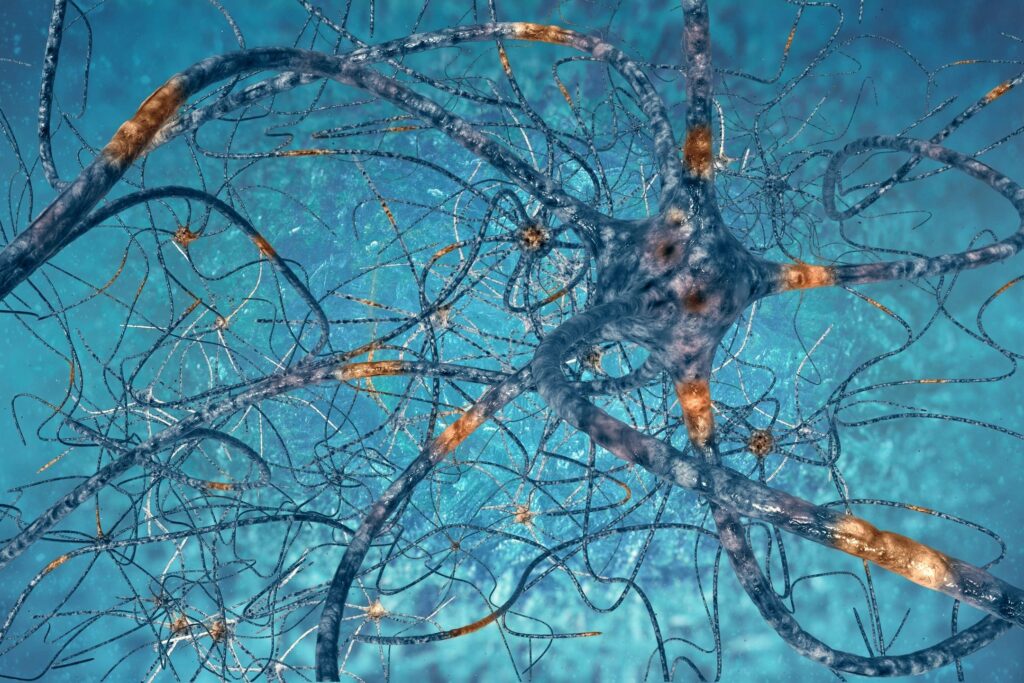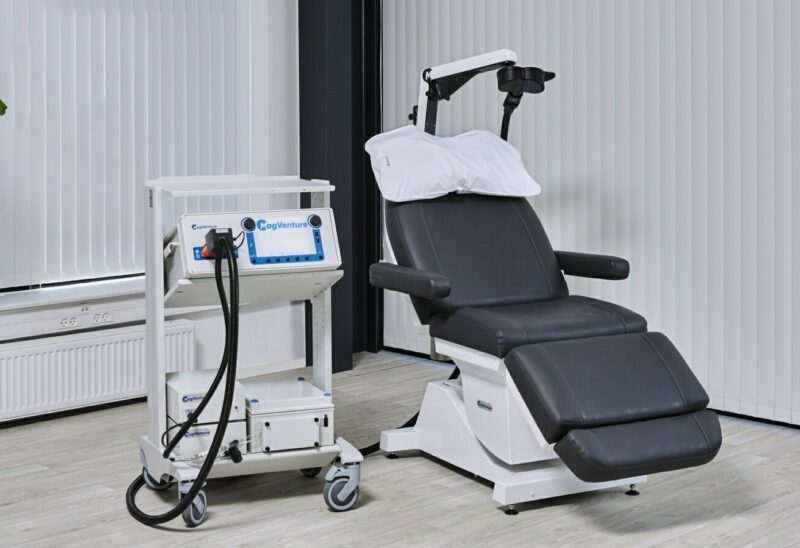
In recent years, Transcranial Magnetic Stimulation (TMS) therapy has emerged as a groundbreaking treatment for individuals struggling with mental health conditions, particularly depression. With its non-invasive nature and growing success rates, TMS is changing the landscape of psychiatric care. This blog will explore what TMS therapy is, how it works, its benefits, and what you can expect if you’re considering it as a treatment option.
What is TMS Therapy?
TMS therapy is a non-invasive treatment method designed to stimulate nerve cells in the brain. It uses magnetic fields to induce small electrical currents, which can help regulate mood and alleviate symptoms of depression. Unlike traditional treatments like medication or electroconvulsive therapy (ECT), TMS does not require anesthesia or involve any surgical procedures.
How Does TMS Therapy Work?
At its core, TMS therapy involves placing an electromagnetic coil against the scalp, typically near the forehead. This coil generates magnetic pulses that penetrate the skull and reach specific areas of the brain associated with mood regulation. The magnetic pulses stimulate nerve cells, promoting neuronal activity and encouraging brain function to normalize.
The procedure is typically performed in a clinical setting, and each session lasts about 30 to 40 minutes. Patients usually undergo TMS therapy five days a week for about four to six weeks. The treatment is generally well-tolerated, and patients can return to their daily activities immediately after each session.

Who Can Benefit from TMS Therapy?
TMS therapy has been primarily used to treat major depressive disorder (MDD), particularly in individuals who have not responded well to conventional treatments such as antidepressant medications or psychotherapy. However, research is ongoing into its efficacy for other conditions, including:
- Anxiety Disorders: Preliminary studies suggest that TMS might be beneficial for treating anxiety, especially when used alongside other therapies.
- Obsessive-Compulsive Disorder (OCD): TMS has shown promise in reducing OCD symptoms in some patients.
- Post-Traumatic Stress Disorder (PTSD): While still in the research phase, TMS is being explored as a potential treatment for PTSD.
What Are the Benefits of TMS Therapy?
1. Non-Invasive and Drug-Free: TMS therapy doesn’t require medication, making it an appealing option for those who have experienced adverse effects from antidepressants or prefer to avoid medication altogether.
2. Minimal Side Effects: Common side effects of TMS therapy include mild discomfort at the treatment site, headache, or tingling sensations. These are typically short-lived and less severe compared to the side effects of antidepressant medications.
3. Effective for Treatment-Resistant Depression: TMS has shown efficacy in patients who have not found relief with other treatments, offering new hope for those with persistent depression.
4. No Need for Anesthesia: Unlike ECT, TMS does not require anesthesia or any invasive procedures, making the treatment process more accessible and less daunting for many patients.
5. Sustained Results: Many patients experience long-term relief from symptoms following a course of TMS therapy, with some continuing to benefit for months or even years after treatment.
What to Expect During TMS Therapy
Initial Consultation: Your journey with TMS therapy typically begins with a thorough evaluation by a mental health professional. They will assess your medical history, current symptoms, and treatment goals to determine if TMS is an appropriate option for you.
Treatment Sessions: During the procedure, you’ll sit comfortably in a chair while the electromagnetic coil is positioned on your head. You might hear a clicking sound and feel a tapping sensation as the magnetic pulses are delivered. Most people find the procedure tolerable and experience minimal discomfort.
Post-Treatment: After each session, you can resume your daily activities without any downtime. Some patients might experience mild headaches or scalp discomfort, but these symptoms usually resolve quickly.
Follow-Up: Regular follow-up appointments with your healthcare provider will help monitor your progress and make any necessary adjustments to your treatment plan.

Is TMS Therapy Right for You?
Deciding whether TMS therapy is right for you involves a comprehensive discussion with your healthcare provider. It’s important to consider your specific condition, previous treatments, and personal preferences. TMS therapy may not be suitable for everyone, but it offers a promising alternative for many individuals seeking relief from mental health conditions.
TMS therapy represents a significant advancement in mental health treatment, offering hope and relief for those who have struggled with depression and other conditions. Its non-invasive nature, coupled with its growing body of evidence supporting its efficacy, makes it an exciting option in the realm of psychiatric care. If you’re considering TMS therapy, take the time to discuss it with a qualified professional to explore how it might fit into your treatment plan and help you on your journey toward better mental health. Here at The Wellness Academy, TMS Therapy is a core part of our program, something no other program offers when it comes to a higher level of care. Our care team customizes our protocol to make sure TMS is the right choice for you. Contact us to learn more today!
